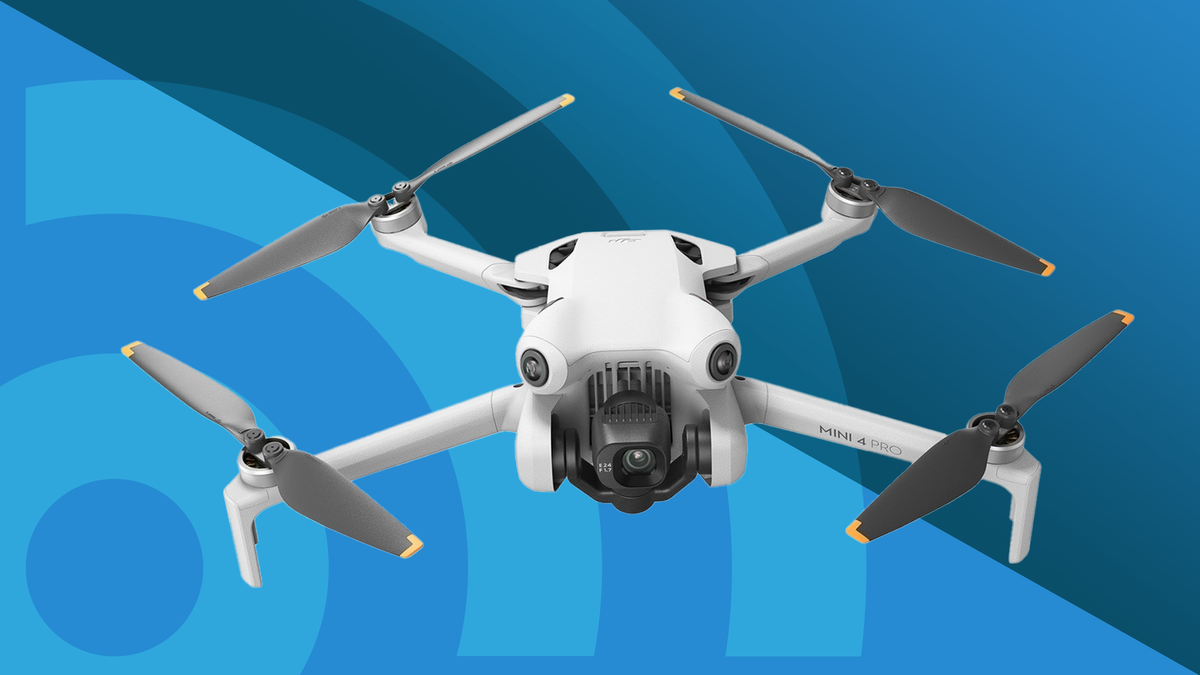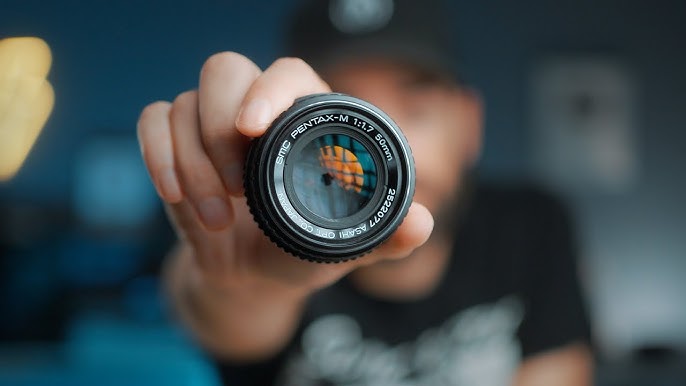Drones have become indispensable tools for capturing stunning aerial imagery, and one of the key elements that determine the quality and versatility of these visuals is the type of drone lens used.
In this article, we’ll explore the various drone lens types available, their characteristics, and the specific applications they excel in, helping you make informed choices for your aerial photography and videography endeavors.
- Wide-Angle Lenses:
- Characteristics: Wide-angle lenses have a short focal length, typically under 35mm. They capture a broad field of view, making them ideal for wide landscapes and immersive shots.
- Applications: Wide-angle lenses are perfect for capturing sweeping landscapes, cityscapes, and group photos. They excel in providing a sense of scale and drama to your aerial imagery.
- Standard (Prime) Lenses:
- Characteristics: Standard lenses offer a neutral perspective with a focal length around 50mm. They provide images that closely resemble what the human eye sees.
- Applications: Standard lenses are versatile and suitable for a wide range of subjects, including portraits, architecture, and general aerial photography. They offer a natural and balanced perspective.
- Telephoto Lenses:
- Characteristics: Telephoto lenses have long focal lengths, often exceeding 100mm. They have a narrow field of view but can zoom in on distant subjects with great detail.
- Applications: Telephoto lenses are perfect for capturing wildlife, sports events, and distant objects or subjects. They bring distant scenes closer, allowing for detailed shots.
- Zoom Lenses:
- Characteristics: Zoom lenses combine various focal lengths within a single lens, offering versatility by allowing you to zoom in and out.
- Applications: Zoom lenses are all-rounders suitable for different situations. They are favored for their flexibility and convenience, making them a popular choice for many drone operators.
- Fish-Eye Lenses:
- Characteristics: Fish-eye lenses capture an ultra-wide, distorted view of the surroundings, creating a circular or spherical effect.
- Applications: Fish-eye lenses are used for creative and artistic shots, often seen in action sports photography, virtual reality content, and abstract aerial imagery.
- Macro Lenses:
- Characteristics: Macro lenses are designed for extreme close-up photography, allowing you to capture intricate details.
- Applications: Macro lenses are useful for capturing fine details on subjects like flowers, insects, or small objects during aerial photography.
- Thermal and Multispectral Cameras:
- Characteristics: These specialized cameras capture heat signatures or multispectral data, providing unique insights beyond visible light.
- Applications: Thermal cameras are used in search and rescue missions, building inspections, and wildlife tracking. Multispectral cameras aid in agriculture, environmental monitoring, and crop analysis.
Conclusion
The choice of drone lens type significantly influences the outcome of your aerial photography or videography project.
Each lens type has its unique characteristics and is best suited for specific applications.
Whether you’re capturing breathtaking landscapes, wildlife, portraits, or detailed close-ups, understanding the strengths and weaknesses of various drone lens types will empower you to make the right choice for your creative or professional needs, helping you achieve exceptional results from your drone photography adventures.









Leave a Reply